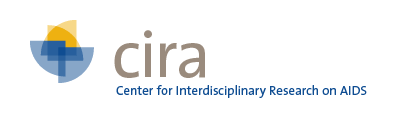| Abstract | Background. Hepatitis C virus (HCV) transmission among people who inject drugs (PWID) is associated with the sharing of injection paraphernalia. People who inject drugs often "disinfect" used syringes with household products when new syringes are unavailable. We assessed the effectiveness of these products in disinfecting HCV-contaminated syringes. Methods. A genotype-2a reporter virus assay was used to assess HCV infectivity in syringes postrinsing. Hepatitis C virus-contaminated 1 mL insulin syringes with fixed needles and 1 mL tuberculin syringes with detachable needles were rinsed with water, Clorox bleach, hydrogen peroxide, ethanol, isopropanol, Lysol, or Dawn Ultra at different concentrations. Syringes were either immediately tested for viable virus or stored at 4°C, 22°C, and 37°C for up to 21 days before viral infectivity was determined. Results. Most products tested reduced HCV infectivity to undetectable levels in insulin syringes. Bleach eliminated HCV infectivity in both syringes. Other disinfectants produced virus recovery ranging from high (5% ethanol, 77% ± 12% HCV-positive syringes) to low (1:800 Dawn Ultra, 7% ± 7% positive syringes) in tuberculin syringes. Conclusions. Household disinfectants tested were more effective in fixed-needle syringes (low residual volume) than in syringes with detachable needles (high residual volume). Bleach was the most effective disinfectant after 1 rinse, whereas other diluted household products required multiple rinses to eliminate HCV. Rinsing with water, 5% ethanol (as in beer), and 20% ethanol (as in fortified wine) was ineffective and should be avoided. Our data suggest that rinsing of syringes with household disinfectants may be an effective tool in preventing HCV transmission in PWID when done properly. |


